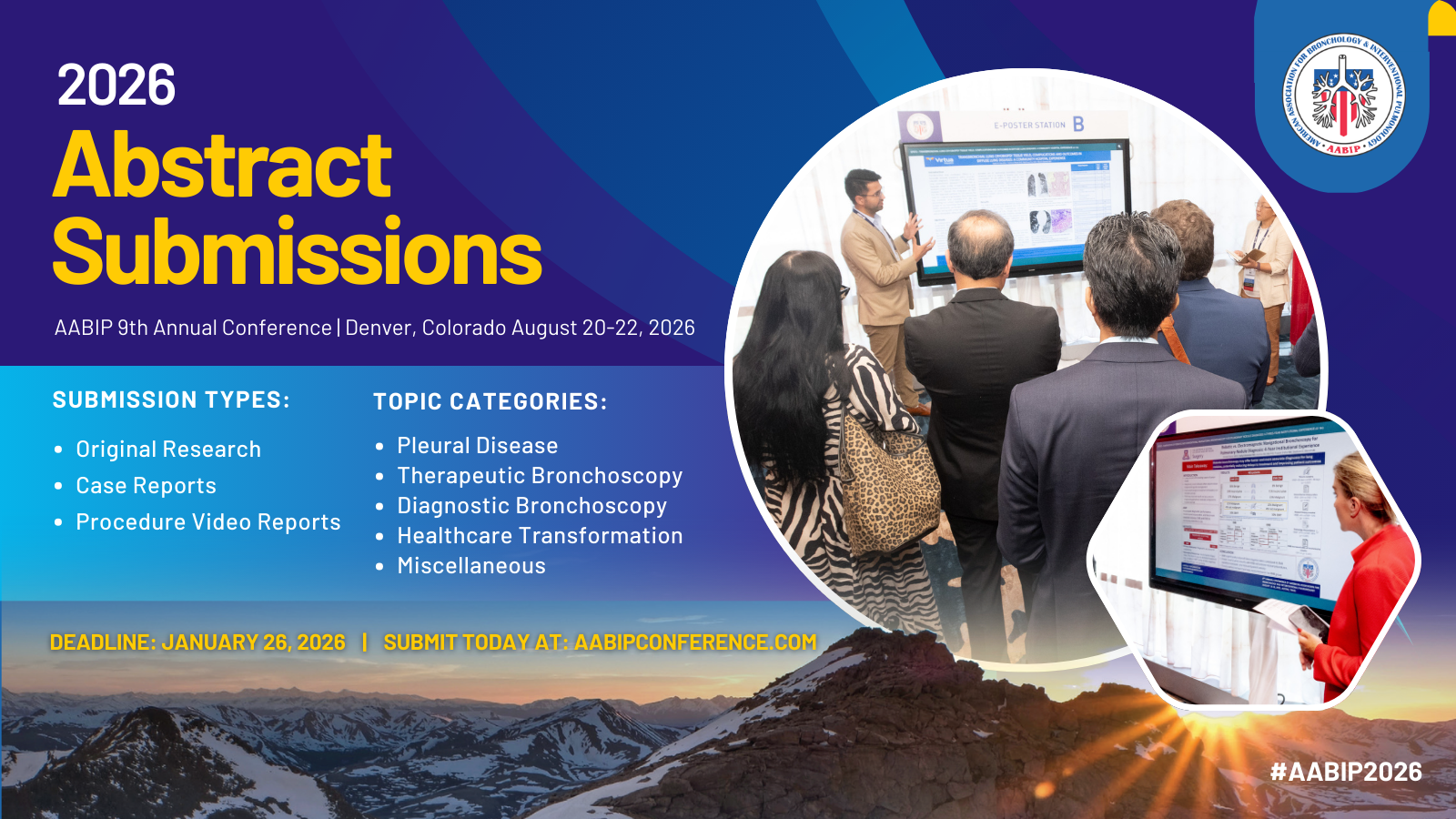IP Fellows Reading ListBiomarker Tests for Lung Cancer DiagnosisAudit of the autoantibody test, EarlyCDT®-lung, in 1600 patients: an evaluation of its performance in routine clinical practice https://pubmed.ncbi.nlm.nih.gov/24268382/ Clinical Trial Reference: Jett JR, Peek LJ, Fredericks L, Jewell W, Pingleton WW, Robertson JFR. Audit of the autoantibody test, EarlyCDT®-lung, in 1600 patients: an evaluation of its performance in routine clinical practice. Lung Cancer. 2014;83(1):51-55. Background: EarlyCDT-Lung (Oncimmune) is an ELISA for 7 autoantibodies (7AAB: p53, NY-ESO-1, CAGE, GBU4-5, HuD, MAGE A4, and SOX2) in peripheral blood intended to aid in detecting early lung cancer in high-risk patients. These autoantibodies can be detected in peripheral blood up to 3-4 years before symptomatic presentation of lung cancer. At the start of this study, EarlyCDT-Lung included 6 autoantibodies (6AAB: p53, NY-ESO-1, CAGE, GBU4-5, Annexin I, and SOX2) but was changed during the study period in 11/2010 to the 7AAB panel because of improved specificity. This study evaluates outcomes 6 months after testing. PICO: Population –
Take home: In patients who are deemed to be high-risk for lung cancer by their physician, EarlyCDT-Lung may aid in further risk stratifying patients and prompt additional screening if the assay is positive. It should be noted that the assay had a low sensitivity and, thus, a negative result should not be used to exclude the possibility of lung cancer. Although authors use the Spitz model to assess lung cancer risk, the ordering clinician’s determination of risk was not standardized. Without a comparison group, the impact of EarlyCDT-Lung cannot be adequately assessed. It should also be noted that this study took place before the USPSTF’s recommendation for screening LDCTs in 12/2013 and the update in 3/2021 that effectively increases the number of patients eligible for radiographic screening. Earlier diagnosis of lung cancer in a randomised trial of an autoantibody blood test followed by imaging https://pubmed.ncbi.nlm.nih.gov/32732334/ Clinical Trial Reference: Sullivan FM, Mair FS, Anderson W, et al. Earlier diagnosis of lung cancer in a randomised trial of an autoantibody blood test followed by imaging. Eur Respir J. 2021;57(1):2000670. Background: This is a randomized controlled study evaluating whether incorporation of EarlyCDT-Lung (Oncimmune) reduces the incidence of advanced stage lung cancer (III, IV, or unspecified) at the time of diagnosis. PICO: Population –
Take home: EarlyCDT-Lung can aid in diagnosing lung cancer at an earlier stage with a number needed to screen of 325 in order to diagnose one lung cancer at an early stage rather than an advanced stage. While mortality did not change at two years, it is presumed that there would be some long-term mortality benefit if followed for a longer duration since early lung cancers have better prognosis compared to advanced lung cancers. It is important to note that at the time of this study, routine low-dose CTs for lung cancer screening were not yet adopted in this study population. Many of the patients in this study (i.e., those ages >50-years-old who smoked ≥20 pack-years) would be eligible for a screening LDCT based on US guidelines. Assessment of plasma proteomics biomarker’s ability to distinguish benign from malignant lung nodules: results of the panoptic (Pulmonary nodule plasma proteomic classifier) trial https://pubmed.ncbi.nlm.nih.gov/29496499/ Clinical Trial Reference: Silvestri GA, Tanner NT, Kearney P, et al. Assessment of plasma proteomics biomarker’s ability to distinguish benign from malignant lung nodules: results of the panoptic (Pulmonary nodule plasma proteomic classifier) trial. Chest. 2018;154(3):491-500. Background: This study is a prospective validation of a bronchial-airway gene-expression classifier. Participants were enrolled in the Airway Epithelial Gene Expression in the Diagnosis of Lung Cancer trials (AEGIS-1 and AEGIS-2). PICO: Population –
Take home: In patients with a smoking history and a nondiagnostic bronchoscopy, use of a gene-expression classifier from central airway brushings taken at the time of bronchoscopy may be useful in evaluating the posttest probability of lung cancer. A negative bronchoscopy and genomic classifier with a low-to-intermediate pretest probability of lung cancer may support a more conservative approach in management. These findings are currently not applicable to never-smokers as it is thought that the genetic changes in normal airways are due to a “field of injury” from smoking. Clinical utility of a bronchial genomic classifier in patients with suspected lung cancer https://pubmed.ncbi.nlm.nih.gov/26896702/ Clinical Trial Reference: Vachani A, Whitney DH, Parsons EC, et al. Clinical utility of a bronchial genomic classifier in patients with suspected lung cancer. Chest. 2016;150(1):210-218. Background: This study evaluates the clinical impact of using a bronchial genomic classifier (Percepta GSC, Veracyte) in patients with low-to-intermediate pretest probability of lung cancer. PICO: Population –
Take home: In patients with a smoking history and a low-to-intermediate pretest probability for lung cancer who are undergoing a diagnostic bronchoscopy, use of a bronchial genomic classifier may reduce the number of additional invasive procedures in cases of a nondiagnostic bronchoscopy. Although a false-negative result on the classifier may delay diagnosis, authors suggest that the delay would not be significant with close surveillance. |







